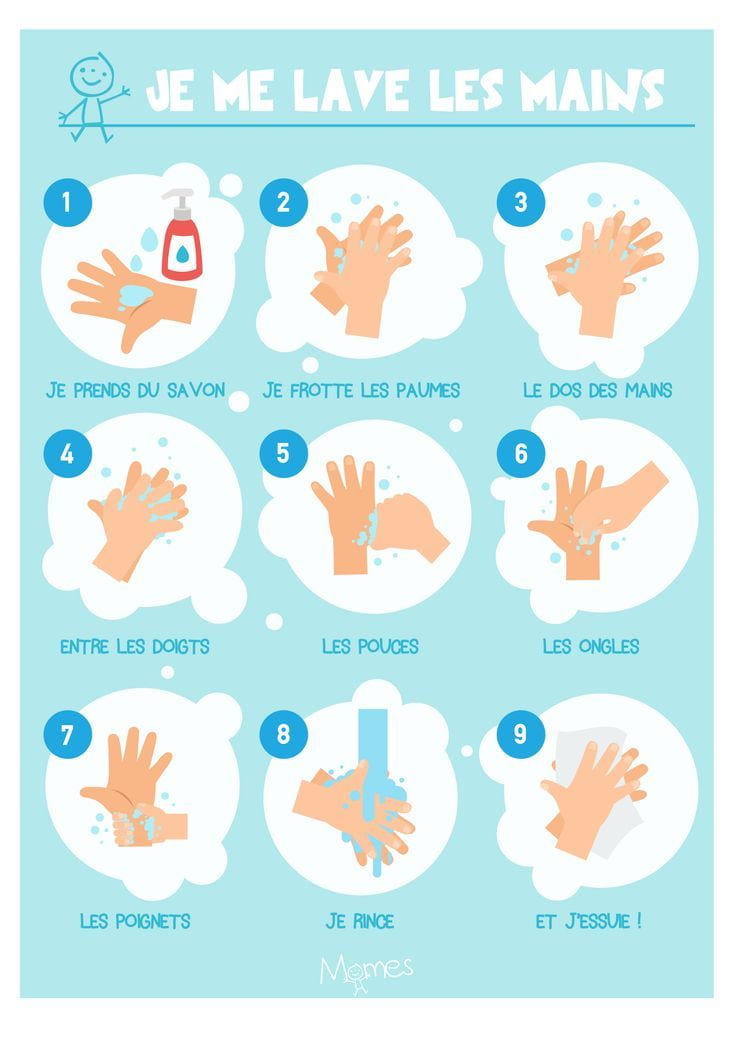Many – if not all – educational institutions in the world are dealing with an unpredictable situation where they need to take various measures to help prevent any chances of the spread of COVID-19. Many have decided to cancel events that would entail the gathering of a hundred or more people (Yale University is one of them). Travel guidance and advice have been issued. Extra procedures and products for sanitation have been suggested. And, perhaps most importantly for the teaching process, many universities have chosen to move their classes from a regular face-to-face setting to an online setting in order to secure the completion of the semester.
In the face of such measures, educators generally fall into two groups. On the one hand, those who wish to proceed with as little change to the curriculum as possible. Educators in this group are usually well intentioned and focus on minimizing any possible negative effects that these external factors may have on the overall educational process. On the other, there are those who embrace change and use it to adapt the curriculum, albeit minimally. The first group might not address the reason behind these changes in teaching style (i.e. distant instruction) at all beyond a very brief introduction and then business as usual. The second, might dedicate longer time in their classes to discuss with their students the need for distant instruction at these critical times as well as the reasons behind the decision.
Regardless of how you may react to these measures, as an educator, you may find yourself faced with the reality of having to discuss these circumstances with your students. Language educators specifically are too familiar with these instances since negotiating of meaning is an actual strategy that they practice and demonstrate on daily basis. Thus, language educators are often quite capable of handling and adapting to unexpected turns that conversations (sometimes whole lesson plans) take. Meanwhile, they are still ensuring that learners’ needs come first.
Below are three teachable opportunities you can use the COVID-19 outbreak to your students’ advantage.
- Introduce relevant authentic materials.
This step is perfect for you if you find that you belong to the first group of educators. Your goal is going to be; “let’s talk about it, get it out of our system, and then proceed with our course”. I personally think it is still fine to do so if you “talk about it” in the target language. Remember, this is your opportunity to use authentic materials to be your conversation starter. Surf the internet to find countless resources from those that offer little language (infographics, short instructional videos), to those that have an abundance of it (reports, interviews and even debates about the issue). Select wisely and consider your students language level as well as intellectual interest in the topic. Keep in mind that “comprehensible input is language input that can be understood by the learner despite the challenges of them not understanding all the words and structures in it. It is described as one level above that of the learners if it can only just be understood. According to Krashen’s theory of language acquisition, giving learners this kind of input helps them acquire language naturally, rather than learn it consciously” (Read full article here)
- Think of what they “can-do”.
Only you can judge how long or how short of a conversation you may want to have with your students on the topic of the COVID-19. Whether you want to spend five or fifty minutes, always think about what your students “can-do”. Let ACTFL can-do statements help you guide your conversation. For instance, ACTFL states that in the Interpretive Communication mode a Novice level learner “can identify memorized or familiar words when they are supported by gestures or visuals in informational texts” (NCSSFL – ACTFL Can-Do statements, 2017). An infographic with names of countries and numbers would be perfect for this level.

This info-graphic is taken from BBC News/Arabic.Link here
- If you wanted to use this info-graphic in your class, what kind of questions might you ask to elicit responses at the Novice Level?
- Positive Comparative Outlook.
Regardless of how much or how little time you wish to spend discussing the COVID-19 outbreak with your students, you should always be positive and focus your students’ attention to what has already been successfully achieved worldwide. Instead of dwelling on the unknown, you can sharpen your students Intercultural Communication skills by enabling your students at the Intermediate Level to “make comparisons between products and practices to help me understand perspectives, in my own and other cultures” (NCSSFL – ACTFL Can-Do statements, 2017). Variations in linguistic criteria can be your ally in highlighting the “comparisons” between “products and practices”.
For instance, in instructional info-graphics, one language may lean more to using the Imperative form (English – USA), while another may use statements heavily (French), and yet a third uses almost exclusively verbal-nouns (MS Arabic).

Info-graphics written in MSA tend to use verbal nouns. Link here

Info-graphics written in French uses statements.Link here

Info-graphics written in English use the Imperative. Link here
- What are some linguistic features in other languages that you know? Can you help extend the comparison?
- Weave it into your curriculum.
If by now you have positively identified yourself as belonging to the first group, then you should definitely stop reading here. This step is for those educators who wish to extend the teachable opportunity beyond one conversation. This step is for those educators who may want to add a whole topic under a theme in their curriculum. “Weddings with no dresses; ramifications of COVID-19” BBC News/ Arabic says. Great topic to be introduced under the theme of “Contemporary Life” for instance.

Article taken from BBC News/Arabic.Link here
- How can this topic be envisioned in a Project Based Language Learning?
Maggie Gallagher says: “Of all the hard jobs around, one of the hardest is being a good teacher.” The difficulty of teaching, many times manifests itself in the form of unexpected turn of events for which a good teacher needs to be prepared. However, with help and support for one another we can attempt to minimize these difficulties. This article was written with this intention. You too can help. Keep the conversation going. Tell us what you think. Give us your ideas and opinion and together we can teach better.
Resources that were consulted for writing this article:
Sources for authentic materials (info-graphics and News articles) :